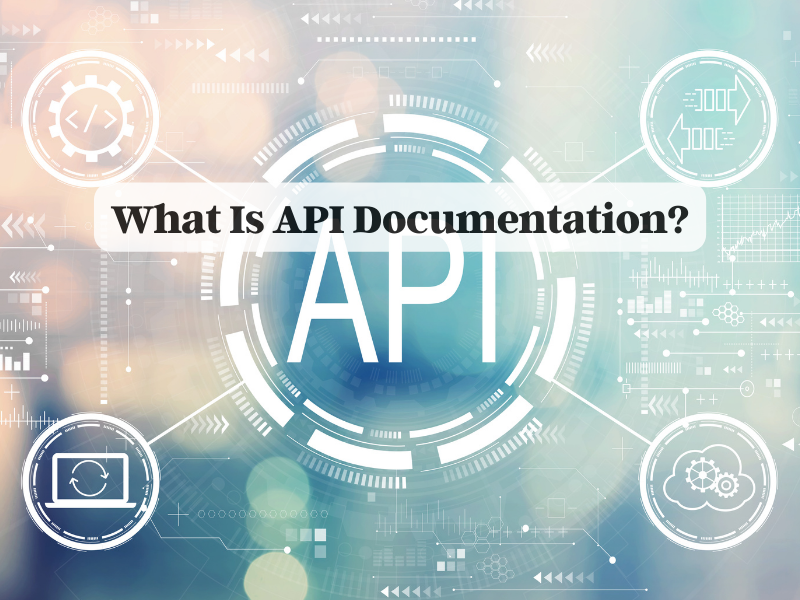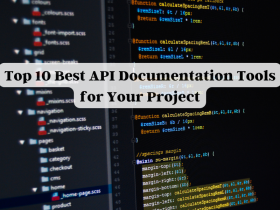API documentation is essential for any developer who wants to use an API. It can be difficult to write good API documentation, but it’s worth the effort. In this guide, we’ll learn about the basics of API documentation and the different types of documentation. We’ll also learn about the benefits of API documentation and get tips on how to write API documentation in an easy way.
API Documentation Overview
API documentation is a type of technical writing that is designed to help developers use a software library or API. It typically includes information such as classes, methods, and function calls, as well as sample code snippets and deployment tips. Good API documentation should be easy to read and understand, making it a valuable resource for both novice and experienced developers. When done well, it can be an important part of building a successful software product.
What are the benefits of API documentation?
API documentation can be helpful for both developers and end-users. For developers, good documentation can help to make an API easier to use and understand. For end-users, documentation can be a valuable resource for learning how to use an API to do things like integrate data into a website or build a new app.
There are many benefits of writing API documentation, but some of the most important ones include:
- Improved developer experience: Good documentation can help make your API easier to use, which in turn can lead to fewer support requests and happier customers.
- Increased adoption: Well-written docs can help increase the number of people using your API, as they’ll be able to more easily understand how it works and what they can do with it.
- Better understanding of your own API: The process of writing documentation can also help you to better understand your own API, which can lead to improved code and design.
What should be included in API documentation?
While the exact contents of API documentation will vary depending on the API and the audience, there are some common elements that are usually included.
The most basic element is a description of what the API does and how it works. This should be written in simple, non-technical language that anyone can understand.
You’ll also need to include information on how to use the API, including example requests and responses. It’s often helpful to include sample code in popular programming languages as well.
Other important elements of API documentation include:
- A list of available methods/endpoints, with a brief description of each
- Details on any authentication required
- Error codes and their meaning
- Any rate limits or other restrictions that apply
- It’s also generally a good idea to include a section on troubleshooting common issues.
How to Read API Documentation?
Assuming you’ve found some API documentation that you want to read, there are a few things you can do to make sure you get the most out of it. Here are a few tips:
- Read the overview section first. This will give you a good high-level understanding of what the API does and how it works.
- Once you’ve read the overview, take a look at the endpoints section. This will show you all of the different URL paths that are available, along with a brief description of each one.
- If there’s an example section, take a look at that next. This will usually show you how to make a basic request to the API and what kind of response you can expect.
- Finally, once you’ve done all of that, you can start playing around with the API itself. Try making some requests and see what kind of data you get back.
FAQs about API Documentation
What should I include in my API documentation?
At a minimum, your API documentation should include reference information about each endpoint in your API. This includes the endpoint URL, the parameters it accepts, and the response data it returns. You should also provide sample code showing how to use each endpoint. And finally, you should document any error codes that your API returns.
How long should my API docs be?
There is no one-size-fits-all answer to this question. The length of your docs will depend on the complexity of your API and how much detail you feel is necessary to explain it. However, as a general rule of thumb, your docs should be long enough to be thorough and concise.
How often should I update my API docs?
A: You should update your docs whenever you make changes to your API. This includes adding new endpoints, changing the parameters of existing endpoints, or changing the response data that your API returns. By keeping your docs up-to-date, you can ensure that developers using your API always have the most accurate information.
What format should my API docs be in?
The most common formats for API documentation are HTML, Markdown, and JSON. However, you can really use any format that you want as long as it is clear and easy to read.
How do I make my API docs more user-friendly?
There are a few things you can do to make your API docs more user-friendly, such as using clear and concise language, adding examples, and providing a search function. Additionally, you can try to structure your docs in an intuitive way so that developers can easily find the information they need. Lastly, don’t forget to keep your docs up-to-date! Nothing is worse than outdated documentation.




Leave a Reply